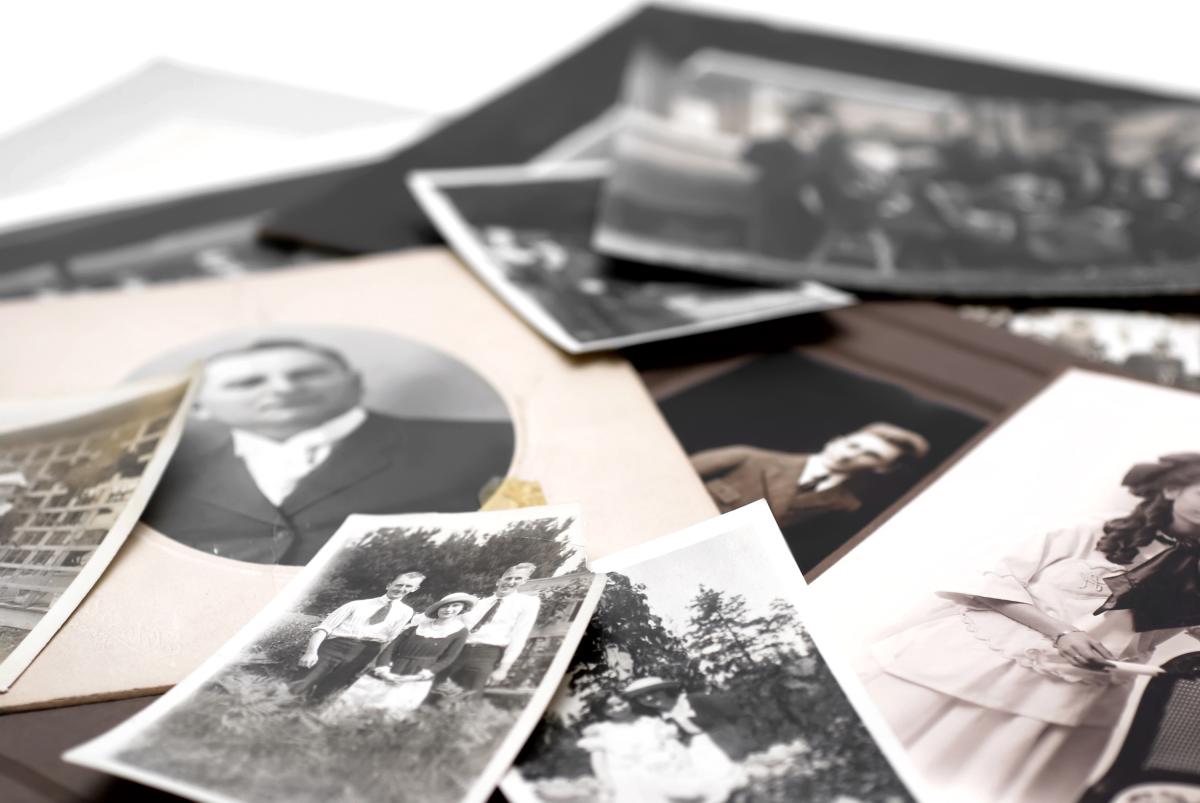Researching Your Family History: A Beginner's Guide to Genealogy

Learning about your family history can help build a connection to your past and satisfy your curiosity about distant ancestors. Whether you're eager to connect with other family members, want to confirm stories passed down for generations, or just learn more about your personal family history, diving into the hobby of genealogy can be a fun, enlightening hobby.
Collecting Personal Family Histories
Before you start digging into formal records and collecting names of ancestors, talk to the older members of your family to get any details they remember. Family interviews can be invaluable for learning more about your personal genealogy, and you may learn details that help you better locate official documents, such as the exact location of long-ago births or marriages.
One great way to collect personal family histories is to interview each family member and record the responses. Older family members may be able to provide details you can't find in official records, so recording these stories while they are available is an important part of maintaining an accurate family history. Some questions you might want to ask older family members include:
What were the names of your immediate family members and any names of older family members you remember from childhood?
Where did you live as a child and what other family members lived nearby?
What were some family traditions you recall from your childhood?
How did your family celebrate holidays?
What religion did your family practice when you were growing up?
What stories were passed down regarding your family origins or how they moved or immigrated to the area where you now live?
Making A Family Tree
A family tree is the primary way to record and display family relationships. This type of chart includes basic biographical details about each individual in a direct family line and uses a tree-like structure to connect parents and children for easy lineage tracking. Information in a family tree includes the birthdate, place of birth, death date, place of death, marriage date, and marriage place of everyone in the chart.
Details in the family tree are supported by other documentation and can be expanded upon using other records. Family group sheets contain the names and details of each member in a nuclear family, so these pages might include additional information about siblings that aren't on the simplified family tree. A research log lets you record where you got each piece of information for your family tree and family group sheets. You can also track every place you searched to avoid duplicating your own research or the research of others in your family.
Many genealogy software programs and services let you input names into an online family tree and print out the entire thing or sections as needed. Some families like to create or commission an artistic rendering of their family tree for display in the home.
Organizing Your Family History Research
Starting a family history project can feel overwhelming. Staying organized helps you grow your genealogy from your immediate family members to a vast-reaching tree of ancestors.
Start with just your immediate family three or four generations back. You should be able to easily get the names and some vital information about your own parents, grandparents and great-grandparents. Save the relatives past this point for a later time and concentrate on the closest generations first.
When you decide to research a specific ancestor or family connection, determine what information you need before you begin. It's easy to dive down a rabbit hole of interesting family details as you do your research, but you can always bookmark and come back to peripheral records later. Maintaining your focus when you're looking for a specific death date or birthplace helps ensure that your records are complete and can make it easier to branch off later into more details about each family member.
Create a recording system for your research so you can easily find the information you need later. Consider making both a digital and physical copy of your family tree to help prevent future data loss. Collect details about where you get each piece of information and keep a folder or file of photos, articles, vital records and other documentation that you can cross-reference to verify details on your family tree.
Finding and Understanding Public Records
Public records are official documents kept by the government. Other vital records may be available through organizations, such as churches. The National Archives has a large collection of military service records, census documents, land records, and other documents that may be useful for your genealogical research. These documents help you identify or confirm details about your ancestors' lives.
Free sites such as the USGenWeb Project have collections of digitized documents uploaded by volunteers across the U.S., so you can use this type of site to locate information that might otherwise only be accessible by going to the library, archive or historical records depository in person. Some important records you might encounter during your research include:
Government census records
Since 1790, the U.S. government has conducted a public census every 10 years. The specific information collected has varied over time. Depending on the specific year of the census, you might find details about where family members lived and who lived with them, the ages and birthplace of everyone in the household, and occupations of household members. You can also compare census data from different decades to see how your family has migrated to different regions of the country over time.
Vital records
Vital records are the official records of birth, death and marriage kept by government agencies. These are usually recorded at the town, state or county level. In some places, these records go back a few centuries, while other localities didn't start keeping these records consistently until the 20th century.
Church records
Before governments began keeping vital records, churches often recorded similar information in their church, school or parish registers. Marriage, baptismal and funeral records could provide details about the lives of your ancestors.
Cemetery records
Cemetery records include details about where your ancestors are buried, and tombstones often list birth and death dates along with a spouse's name. Family members are often buried close to each other as well, so you might discover details about other relatives during a cemetery visit. Sites such as Findagrave.com let you search cemeteries and see photos of gravestones that other people have uploaded to the site, making it easier to collect pertinent information when you can't visit the cemetery yourself.
Immigration records
If your ancestors immigrated during certain time periods, records may be available to verify or learn more about their journey. Ship passenger manifests and border entry lists can help you pinpoint exactly where and when specific ancestors departed their home countries or arrived in the new locale. The Ellis Island Foundation can help you locate ancestors who came into the U.S. through Ellis Island in New York. The site includes digitized passenger manifests that are searchable online. You might also want to look up naturalization records of ancestors who became citizens after arriving in the country.
Court records
Legal records important for genealogy include wills, property transfers and any lawsuits involving your ancestors. Wills and probate records give details about immediate family members and how property was distributed after a family member's death. Land records show where family members settled. If you have ancestors who were adopted, the documents pertaining to legal adoption may be available. You might also discover criminal records involving ancestors.
Military records
Military records include draft cards, service records and pension records. These often include the age and birthplace of the individual, and some military records also show family relationships or death information. Having formal documentation of an ancestor's involvement in a war or conflict may also make you eligible for membership in societies for descendants of war veterans. Historical societies and military museums may be another source of information about ancestors who served in specific wars.
Newspaper archives
Newspapers are another valuable source of information for genealogists. Most newspapers keep archives of all their news articles, so you might find mention of ancestors in these. Birth and marriage notices give details about ancestors' lives. Newspapers also print obituaries for deceased members of the community, and these can confirm death dates and family relationships.
Connecting With Other Family Genealogists
During your investigations into your family history, you are likely to run across others researching some of the same people. Connecting with other genealogists in your line can help you fill out gaps in your own records or gain new insight about people who lived long ago. Someone researching your great-grandparent's sibling or a great-aunt's cousin may have details about common ancestors you share. Family records, including family bibles, photographs and written diaries, passed down to one descendant often have important information about other members of the family.
If you have other members in your immediate line also interested in genealogy, collaborating could help you gather information more quickly and efficiently. Working with other family members interested in genealogy also lets you divide up the work so no one gets overwhelmed. A family member who is a whiz at digital photography may be able to restore faded or torn photos and keep a digital archive of these items, while another relative who speaks a foreign language might be able to access records in that language and translate them for the family history project.
Bridget CoilaAuthor
Bridget Coila is a professional writer with specific expertise in marketing, SEO, and online content. Her work has been published in newsstand magazines, on corporate websites and in trade journals.




